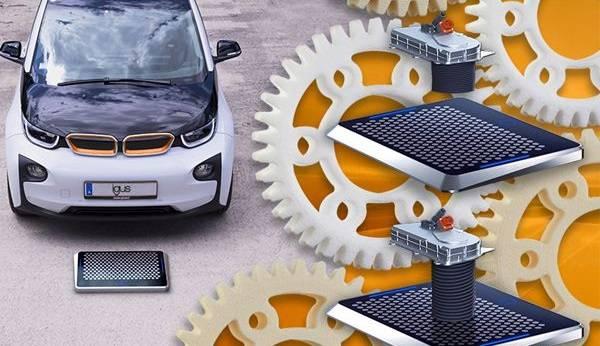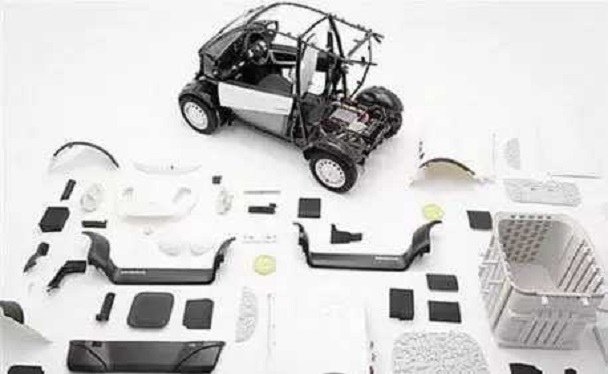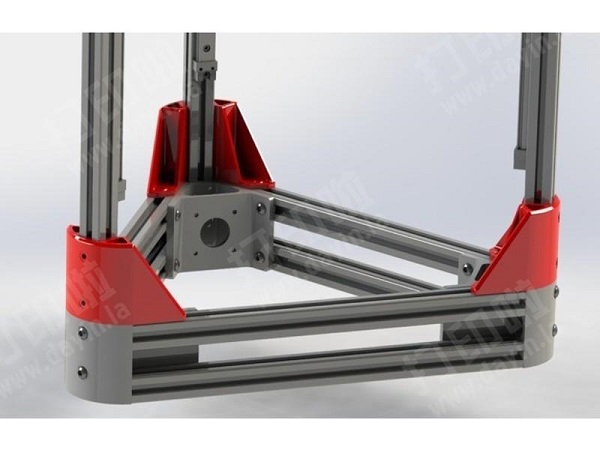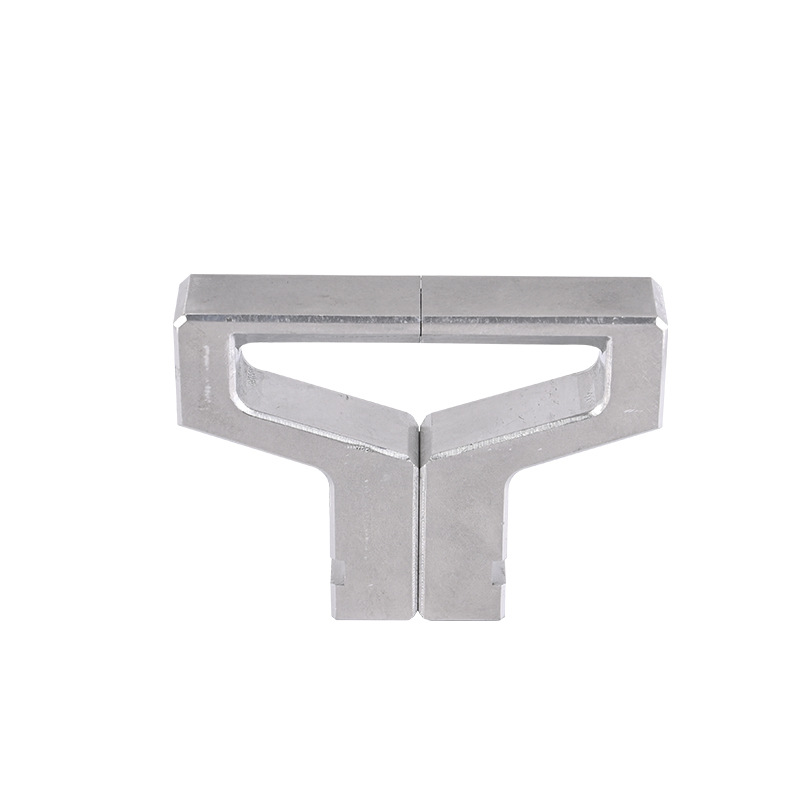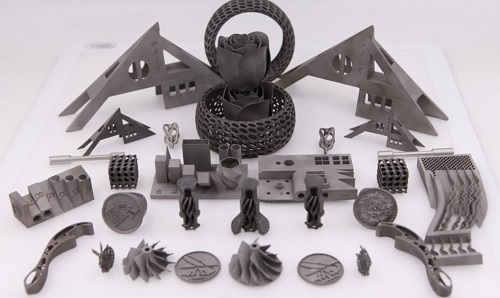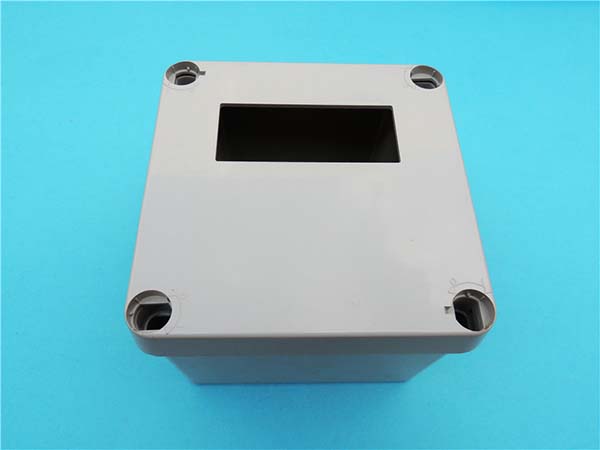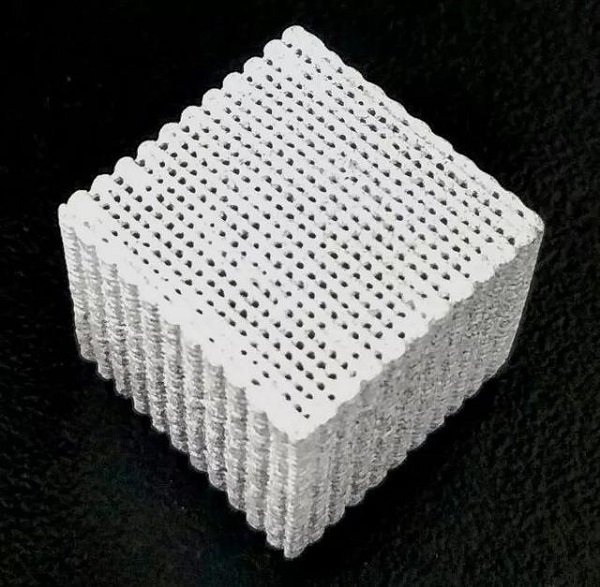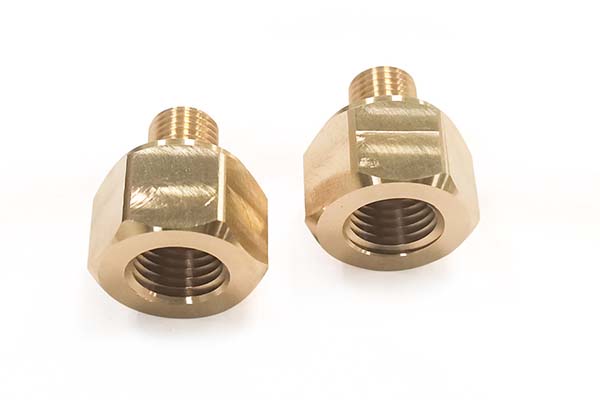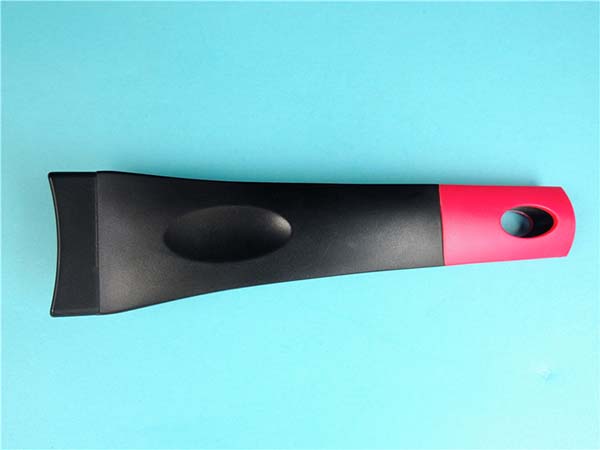You’ve turned to composite materials for their unbeatable mix of strength, light weight, and durability—hoping 3D printing will let you create parts that outperform traditional composites. But your prints are disappointing: the fibers are unevenly distributed, leaving weak spots that crack under stress. The part is heavier than expected, or the strength-to-weight ratio falls short of molded composites. Maybe the surface is rough, with exposed fibers that fray, or the print warps so badly it no longer fits. Worse, your “high-performance” prototype can’t match the stiffness of a conventionally made composite, wasting expensive filament and machine time.
3D printing composites—materials that combine reinforcement types like carbon fiber with matrix materials such as polymers—unlocks design freedom that traditional composite manufacturing (like layup or molding) can’t match. But their unique material composition—from fiber orientation to matrix bonding—demands specialized 3D printing techniques. Success means understanding how to align fibers for maximum strength, ensuring uniform distribution, and leveraging their performance and properties for applications where every gram and every ounce of strength counts. In this guide, we’ll demystify 3D printing composites, helping you create parts that are strong, lightweight, and ready for demanding use.
Material Composition: The Science of Composite Strength
Composites owe their performance to their material composition—a careful balance of reinforcements and matrices that work together to deliver superior properties:
- Reinforcements and matrices: At the heart of any composite is its reinforcement—typically carbon fiber (high strength, low weight), glass fiber (affordable strength), or Kevlar (impact resistance). These fibers are embedded in a matrix material—either thermosetting resins (like epoxy, which cure permanently) or thermoplastic resins (like nylon, which can be melted and reshaped). The matrix holds the fibers in place, transfers stress between them, and protects them from damage. For example, carbon fiber reinforced nylon combines carbon’s stiffness with nylon’s toughness, creating a material with a tensile strength of 100-300 MPa—far exceeding pure nylon.
- Fiber orientation and distribution: How fibers are arranged—their fiber orientation—is critical. Unidirectional fibers (all aligned in one direction) maximize strength along that axis, while bidirectional or random orientations offer balanced strength. 3D printing allows precise control over orientation, with some techniques letting you align fibers along the part’s stress lines (e.g., reinforcing a bracket’s corners with longitudinal fibers). Fiber length matters too: short fibers (1-5 mm) in FFF filaments improve strength modestly, while continuous fibers (in CFF) deliver performance close to traditional composites.
- Hybrid and advanced composites: Hybrid composites combine multiple reinforcements—e.g., carbon fiber for strength and glass fiber for impact resistance—to tailor properties. Nanocomposites add nanoparticles (like carbon nanotubes) to matrices, boosting stiffness or thermal stability without adding weight. Even particle reinforcements (like glass beads) can improve properties, reducing shrinkage or increasing wear resistance. The key is balancing material formulation—too many fibers can make the composite brittle, while too few reduce strength.
3D Printing Techniques: Building with Composites
3D printing composites requires techniques that handle both fibers and matrices, with each method offering unique control over fiber distribution and part properties:
- Fused Filament Fabrication (FFF) and Continuous Fiber Fabrication (CFF): FFF is the most accessible way to print composites, using filaments loaded with short fibers (5-30% by weight). Print parameters like nozzle temperature (240-260°C for nylon-based composites) and print speed (30-60 mm/s) must be adjusted to prevent fiber breakage. CFF, a specialized form of FFF, adds continuous fiber reinforcement—laying down a thermoplastic matrix (like nylon) and then embedding continuous carbon or glass fibers in critical areas. This doubles or triples tensile strength compared to short-fiber FFF, with layer height (0.1-0.3 mm) and infill density (100% for structural parts) critical for strength.
- Selective Laser Sintering (SLS) and Material Jetting: SLS uses composite powders (nylon with glass or carbon fibers) sintered into solid parts. It offers better surface finish than FFF and can print complex geometries with uniform fiber distribution. Laser power (150-200 W) and scan speed (1000-2000 mm/s) must be optimized to avoid burning fibers. Material Jetting deposits droplets of resin mixed with microfibers or nanoparticles, curing them with UV light. It delivers exceptional detail (layer heights as low as 16 μm) but is limited to smaller parts and lower fiber loads.
- Key considerations: Filament or powder quality is paramount—poorly mixed composites with clumped fibers cause nozzle clogs and uneven strength. Support structures may be needed for overhangs, but they should be easy to remove without damaging the composite part. Slicing software with composite-specific profiles (like Cura’s “carbon fiber” settings) helps align infill patterns with stress directions, maximizing strength. Post-processing—like annealing thermoplastics or curing thermosets—can improve matrix bonding, boosting flexural modulus by 10-20%.
Applications: Where 3D Printed Composites Excel
3D printed composites shine in applications that demand strength, light weight, and customization—leveraging their unique properties to outperform traditional materials:
- Aerospace and automotive: Aerospace components like wing brackets, drone frames, and satellite parts use carbon fiber composites for their high-strength-to-weight ratio—reducing weight by 30-50% compared to aluminum while maintaining stiffness. In automotive, automotive parts such as suspension components, body panels, and interior brackets benefit from 3D printing’s ability to create complex shapes (like integrated ribs) that optimize strength. 3D printed composites also excel in prototyping, letting engineers test designs before investing in expensive molds.
- Industrial and sports equipment: Industrial tooling—jigs, fixtures, and robotic arms—uses glass fiber composites for their balance of strength and affordability, with 3D printing enabling custom designs that fit specific machinery. Sports equipment (bicycle frames, tennis rackets, hockey sticks) leverages carbon fiber composites to reduce weight and improve performance, with 3D printing allowing personalized geometries that match an athlete’s style. Even marine applications (boat hull components, propeller shafts) use composites for their corrosion resistance and strength in water.
- Medical and consumer products: Customized prosthetics and orthotics use composites to match the strength of bone while being lightweight and comfortable, with 3D printing tailoring the shape to a patient’s body. Electronics enclosures benefit from carbon fiber’s EMI shielding and stiffness, protecting sensitive components. Consumer products like laptop stands, camera rigs, and luggage use composites for durability without adding bulk, with 3D printing enabling sleek, functional designs.
Performance and Properties: Maximizing Composite Potential
3D printed composites offer a range of performance and properties that make them ideal for demanding applications—when printed correctly:
- Strength and stiffness: The biggest advantage of composites is their high-strength-to-weight ratio. Carbon fiber reinforced nylon printed with CFF can achieve a tensile strength of 300-500 MPa and a flexural modulus of 15-30 GPa—rivaling aluminum while weighing 50% less. Glass fiber composites, though less stiff, offer excellent impact resistance and are more affordable. Fatigue resistance is another strength—composites withstand repeated stress better than many metals, making them ideal for moving parts like hinges or springs.
- Customization and efficiency: 3D printing lets you tailor properties to specific needs—adding more fibers in high-stress areas (like a bracket’s base) and fewer in low-stress areas (like a thin wall) to save weight. This anisotropy (directional strength) is a feature, not a flaw, when fibers are aligned with stress. Composites also offer good thermal stability—glass fiber reinforced polymers can handle 150-200°C, suitable for under-hood automotive parts or industrial ovens.
- Durability and finish: 3D printed composites resist wear and chemical exposure better than pure polymers. Carbon fiber composites are resistant to oils, solvents, and UV light, while glass fiber composites stand up to moisture. With post-processing (sanding, painting, or coating), their surface finish can match molded composites—hiding exposed fibers and improving aesthetics. Dimensional accuracy is excellent with SLS or material jetting (±0.1 mm for small parts), ensuring parts fit into assemblies without modification.
Yigu Technology’s Perspective: Precision in Composite 3D Printing
At Yigu Technology, we specialize in 3D printing composites for clients who need strength, light weight, and customizability. We use CFF for high-performance parts (aligning carbon fibers with stress directions) and SLS for complex geometries requiring uniform fiber distribution. Our team optimizes print parameters—from nozzle temperature to fiber loading—to ensure maximum bonding between fibers and matrices. Whether you need aerospace components, industrial tooling, or custom sports gear, we validate every part with tensile testing, flexural analysis, and dimensional checks. 3D printing composites isn’t just about making strong parts—it’s about creating solutions that leverage design freedom to outperform traditional composites in ways that were never before possible.
Frequently Asked Questions (FAQ)
- Why are my 3D printed composites weaker than expected?
Weakness often stems from poor fiber orientation or uneven distribution. Ensure your slicer is set to align fibers with the part’s stress directions (e.g., longitudinal for beams). Check filament or powder quality—low-quality composites may have clumped fibers or inconsistent loading. Increase infill density to 100% for structural parts, and use CFF instead of short-fiber FFF if maximum strength is critical.
- How do 3D printed composites compare to traditionally made composites?
3D printed composites offer better design freedom and faster prototyping but may have lower tensile strength (30-50% of molded composites) with short fibers. Continuous fiber 3D prints (CFF) close this gap, matching 80-90% of molded strength. Traditional composites excel in high-volume production, while 3D printing is better for low-volume, complex parts or customization.
- Can 3D printed composites be used for load-bearing applications?
Yes, when printed correctly. Carbon fiber composites printed with CFF can handle load-bearing capacity up to 500 MPa—suitable for aerospace brackets or automotive suspension parts. For critical applications, test parts under expected loads, ensure fiber orientation aligns with stress, and consider post-processing (like resin coating) to improve matrix bonding.
